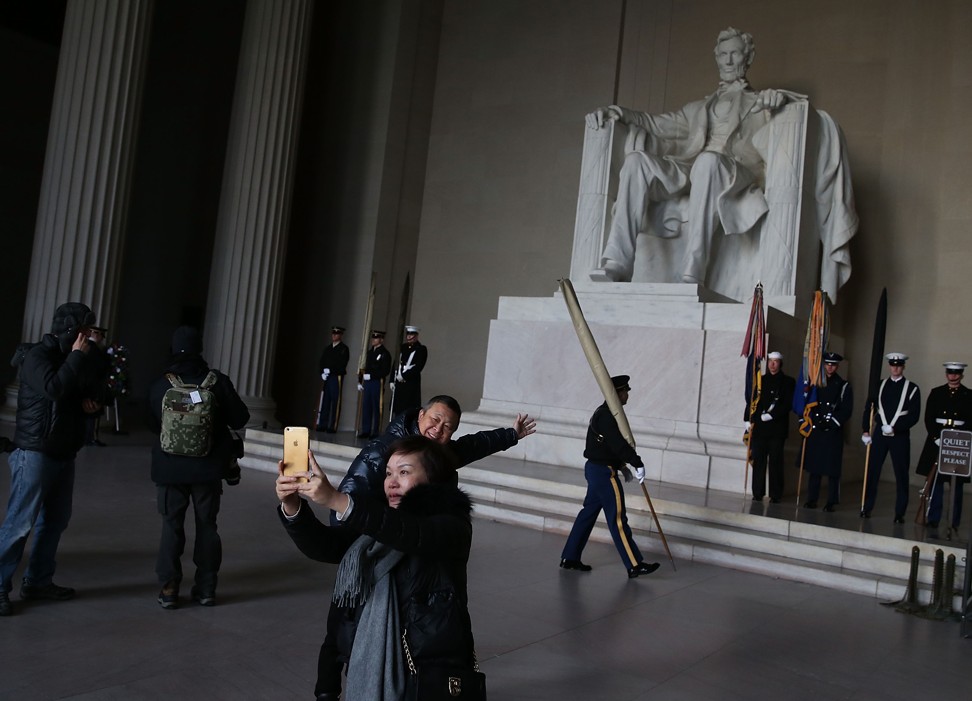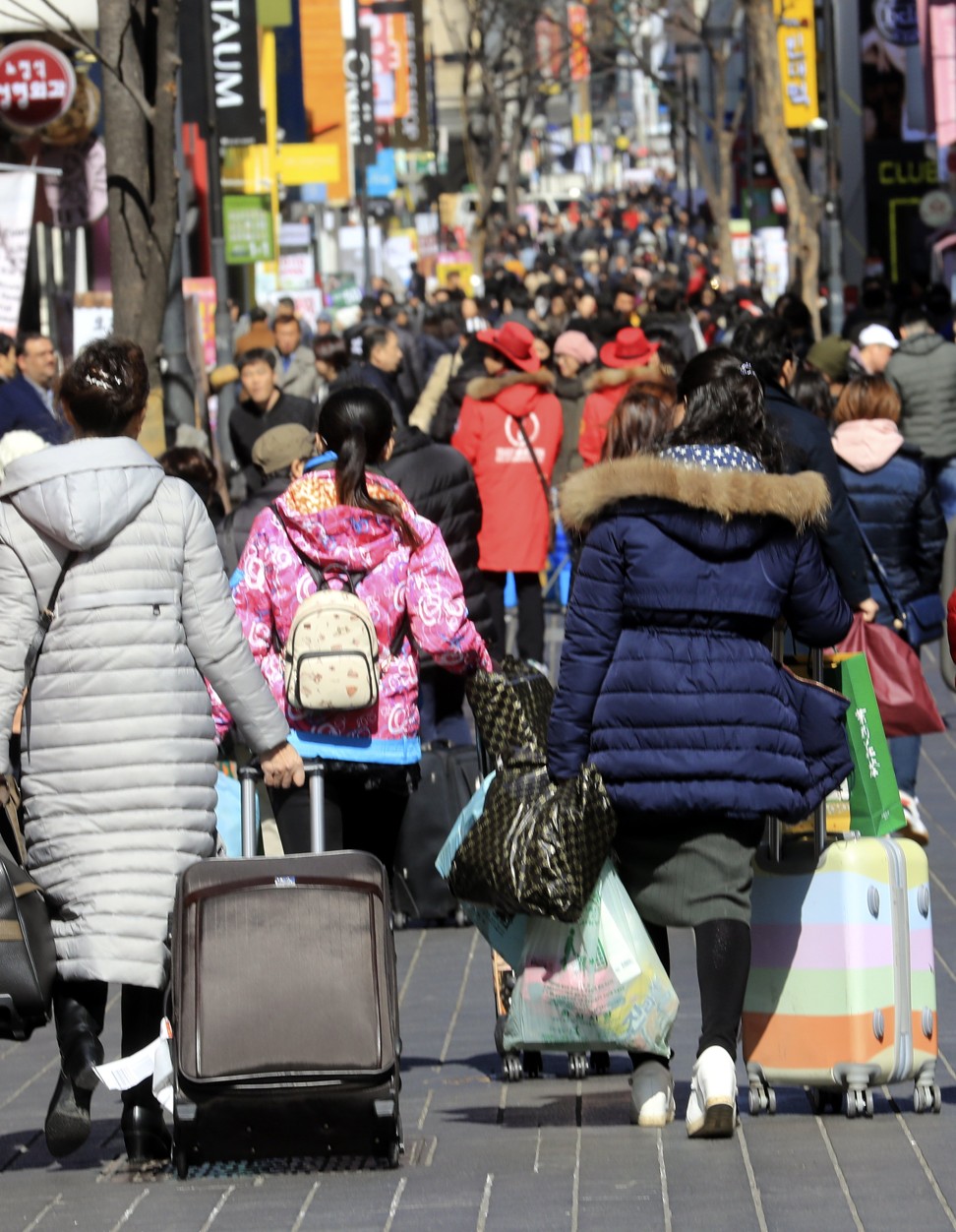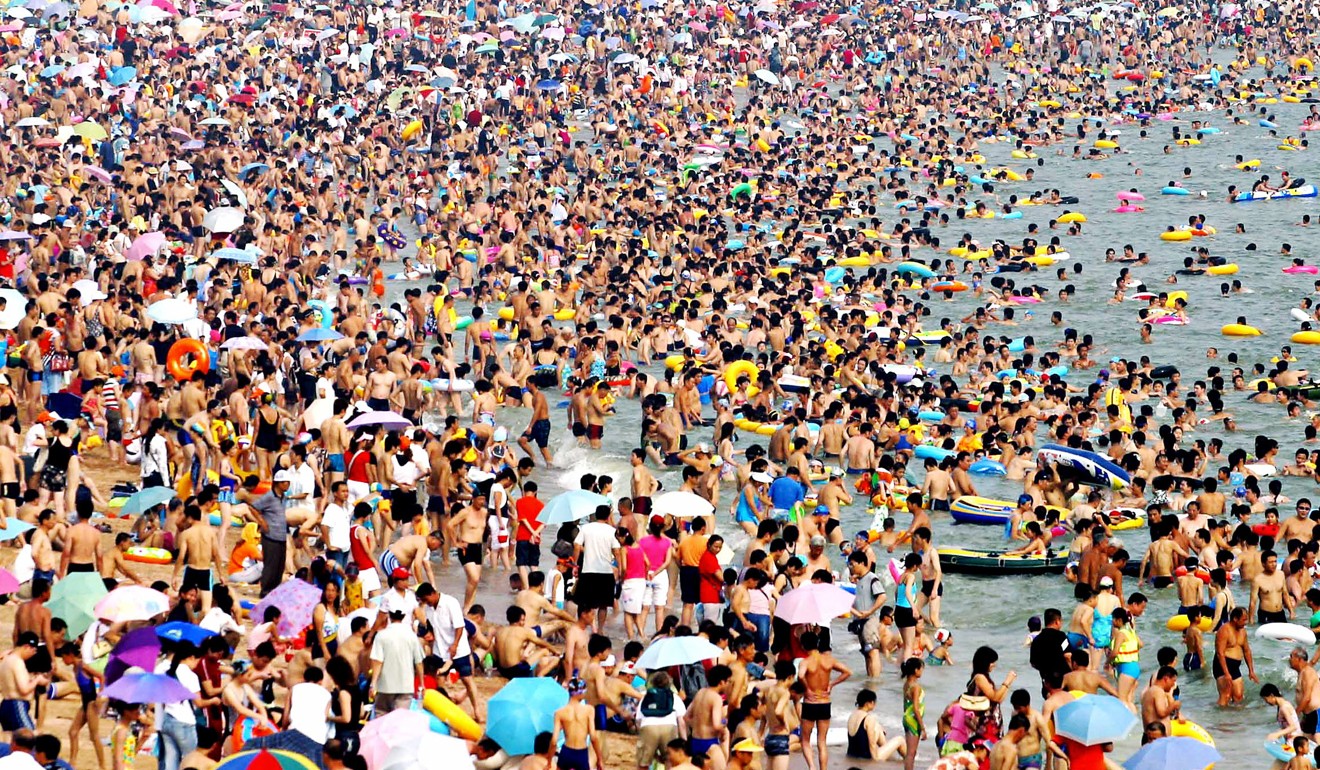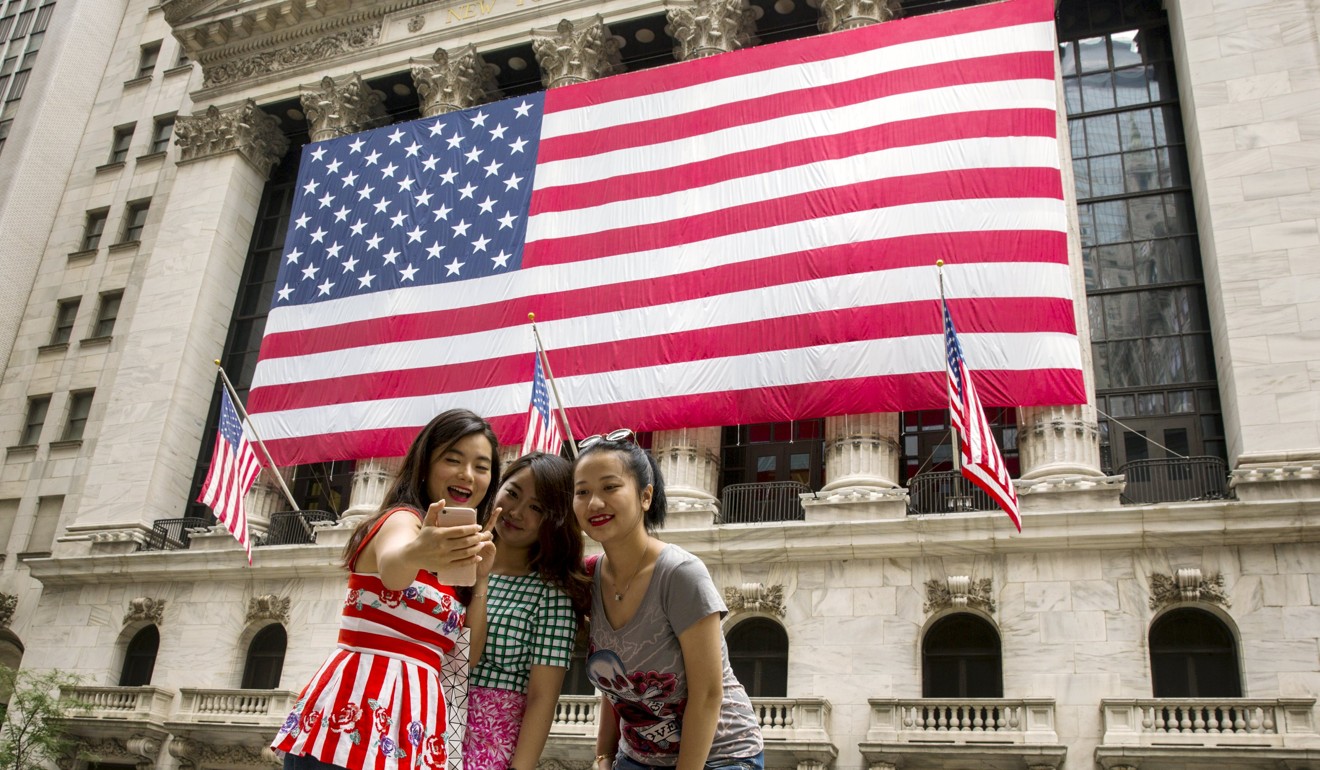
Mr Trump, as you ponder a China trade war, count the US$33 billion Chinese tourists spent in America
Back-of-the-envelope arithmetic shows that for every 1 million Chinese who skip the US for holidays elsewhere, America’s economy loses US$11 billion in revenue, as 8.6 million jobs depend directly on tourism
As the administration of Donald Trump ponders how best to launch its trade war with China, maximising impact on China and minimising cost to politically important voters at home, it could do worse than pause to think about tourism.
And as he and his henchmen like Robert Lighthizer fulminate about merchandise trade deficits, he may do well to remember that set against those visible trade deficits, the US is the world’s largest exporter of services, with surpluses almost anywhere you look. And 40 per cent of those services exports are tourist spending by foreigners in the United States.
While France is the world’s leading destination for foreign tourists – attracting nearly 83 million people in 2016 – it attracts tourism spending of a modest US$42 billion. This pales against the US, whose 75.6 million inbound tourists spent US$290 billion, making the US by far the world’s biggest earner from international tourism.
Out of those nearly 76 million foreign visitors to the US in 2016, fully half came from Canada and Mexico. China accounted for just 3 million. But then look at the spending: those Chinese tourists spent US$33 billion – almost as much as Canadians and Mexicans combined.

Already, the US tourism industry has suffered what some are calling the “Trump Slump”. From his early efforts to block travel to the US from a number of Middle Eastern economies that he deemed were sources of terrorism, to his attacks on Hispanics (remember his comments about Mexicans on the campaign trail: “They’re bringing drugs. They’re bringing crime. They’re rapists.”), his decision to engage in trade wars with Canada and Mexico, his biggest trade partners, and his recent slur on “s***hole countries”, it is hardly surprising that the flow of international tourists into the US is faltering, and may decline further.
Data just released by the UN World Tourism Organisation show international travellers growing by more than 7 per cent in 2017, with Europe seeing the strongest arrivals growth, up 8 per cent. Arrivals in South America rose by 7 per cent, while arrivals in Asian destinations jumped 6 per cent.
How about the US? They reported a decline estimated at 2 per cent – with a 10 per cent drop from Europe and 7 per cent from Mexico. As a result, Spain has now jumped ahead of the US as the world’s second-most popular tourist destination.

With an estimated 8.6 million jobs in the US directly reliant on tourism (according to the US Travel Association), and a further 15.3 per cent benefiting indirectly, such contraction is no small matter.
And as Trump ponders his assault on China, he should think on a few facts. According to the China Outbound Tourism Research Institute, based in Hamburg and Beijing, China was last year the source of 154 million international travellers. Admittedly, 68 million of these went either to Hong Kong or Taiwan, but that left 86 million travelling elsewhere overseas – which outranks Germany (83 million), the US (68 million) and the UK (60 million).
China’s outbound tourism growth is currently running at over 6 per cent a year, with predictions there will be more than 200 million Chinese travelling overseas by 2022. This is unlikely to slow any time soon. Chinese took more than 4.4 billion domestic holidays in 2016 (compared with Americans who took 2.2 billion local holidays), and a rising number of these local Chinese travellers are on the cusp of becoming wealthy enough to think about international travel (less than 10 per cent of Chinese currently hold passports).

Since China’s international travellers are already by a large margin the world’s biggest-spending travellers, a failure to capture a share of this growth will have sobering impacts on those people in the US who rely on tourism.
In 2016, (the latest year with reliable numbers) Chinese travellers spent US$261 billion on their holidays overseas, compared with US$124 billion by Americans, US$80 billion by Germans and US$64 billion by UK travellers.
So far, Chinese visitors have not been a conspicuous part of the “Trump Slump”, partly because the China visitor numbers are currently quite small. Friendly meetings between Trump and Chinese President Xi Jinping during 2017, with lots of face given on both sides, have also no doubt insulated the travel numbers from China.

But with China expected to be the source of around 50 million new international travellers over the next five years, a considerable price will be paid if trade war blocks the US tourism industry from capturing a good share of this growth.
If the 3 million Chinese who visited the US in 2016 spent US$33 billion, the arithmetic is clear: for every 1 million Chinese that choose not to travel to the US, but to travel elsewhere, that implies a US$11 billion annual loss in tourism revenue to the US economy.
Of course, Trump’s angry trade warriors are measuring their trade deficit in manufactured goods when they complain about the current account imbalance with China, not their surplus in services. But that may be a big mistake.
Look at the overall data (again for 2016): of the US$2.2 trillion in total exports of goods and services, US$1.4 trillion were goods and US$0.8 trillion were services. Total imports amounted to US$2.7 trillion, giving an overall deficit of US$0.5 trillion.
But break out the services, and the US made a surplus of US$300 billion, based on exports of US$800 billion and imports of US$500 billion. Even more important, where did those services “exports” come from? Around 40 per cent, or US$293 billion, came from tourism spending by foreign visitors in the US.
Now these numbers look interesting: in launching a trade war to boost sales of goods like aircraft (US$121 billion in 2016), chemicals (US$71 billion), semiconductors (US$44 billion), soybeans (US$24 billion), or meats (US$17 billion), Trump is putting in jeopardy US$293 billion in existing revenues from tourism.
If US tourism were growing like inbound visits to Europe (8 per cent), then this would mean services export growth amounting to more than US$23 billion a year. But the “Trump Slump” means tourism revenues are contracting by around 2 per cent – which means foregone growth in 2017 alone of almost US$30 billion.
I sense that we are beyond the point where Trump’s trade warriors will pause to reconsider how ill-judged their coming trade war may be.
But as we watch the tourism numbers stall, we may spare a thought for those millions of people in the US who rely on tourism, and other unnoticed services exports.
David Dodwell researches and writes about global, regional and Hong Kong challenges from a Hong Kong point of view

